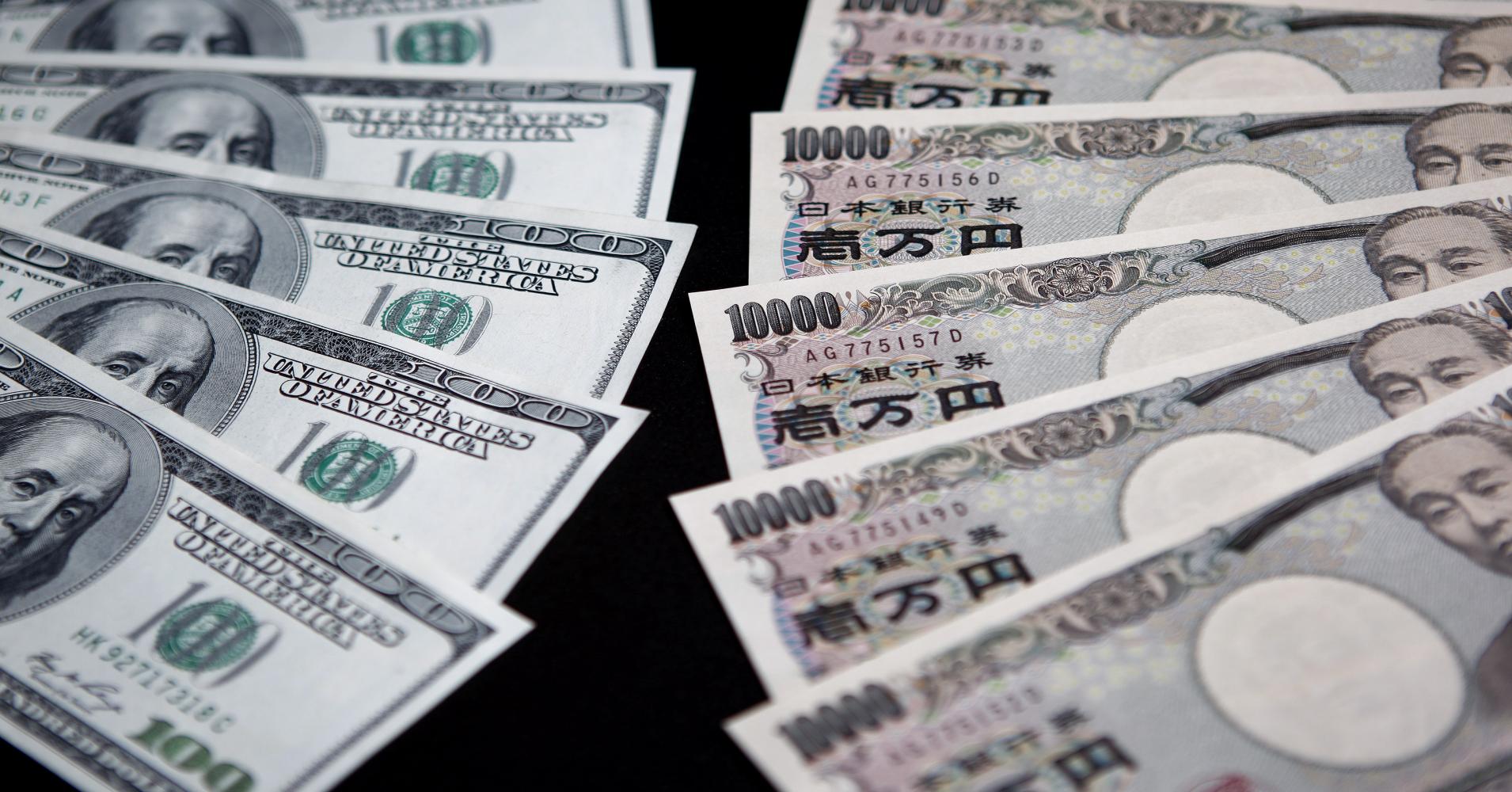- BOJ Holds Stimulus With Little Change in Inflation Outlook
The Bank of Japan kept stimulus unchanged and left its inflation forecasts largely untouched as it waits to see the impacts of a recent decline in the yen and the policies of Donald Trump’s administration.
Governor Haruhiko Kuroda and his board will continue to buy bonds and other securities at the same pace while keeping unchanged the two policy rates controlling the yield curve, as forecast by all economists surveyed by Bloomberg. Forecasts for gross domestic product were raised, reflecting improvements in overseas economies and the weaker currency.
Even though Japan is still far from the BOJ’s 2 percent inflation target, the yen’s recent fall against the dollar has reduced pressure on the central bank to do more because the currency will increase inflationary pressures and make exporters more competitive. Since the yield-curve control policy was introduced last September, expectations for additional stimulus have collapsed.
An increasing number of economists now think the bank may start tightening policy sometime this year. Kuroda said in a briefing after the policy decision that it’s too early to discuss an exit strategy and that the BOJ is only halfway to its inflation goal.
“The BOJ sees downside risks, such as political risks in the U.S. and Europe,” said Atsushi Takeda, an economist at Itochu Corp. in Tokyo. “There will probably be no additional easing for some time, unless political risks and financial risks materialize, leading to a rapid gain in the yen.” Takeda said the revisions to economic growth also reflect changes to the way the government calculates the data.
Thanks to the weaker yen and higher oil prices, Japan’s core inflation index has bottomed out and is rising to near zero. Even so, most economists think that the bank’s forecasts are too optimistic, and almost no-one surveyed thinks the BOJ will reach the 2 percent inflation target as quickly as it claims.
“The BOJ is paying the most attention to what comes out of Trump, though it doesn’t say this directly,” said Maiko Noguchi, an economist at Daiwa Securities. “What the BOJ really wants to see is strong wage gains helping inflation pick up, but they are not talking much about it because there’s not much hope for wages.”
Protectionism could slow the global economy, but it seems unlikely to spread around the world, Kuroda said at the briefing. The details of new economic policies in the U.S. aren’t clear yet and the BOJ will monitor developments closely, he said.
The currency traded at 113.67 versus the dollar at 4:44 p.m. in Tokyo, having weakened about 8 percent since the last time the BOJ released its forecasts on Nov. 1, with much of that drop coming since the election of Trump.
A weak yen helps boost corporate profits and that could lead to more investment and wage growth, though these flow-on effects have been disappointing so far.
Kuroda repeated that the BOJ isn’t targeting a level for the yen.
“The main thing for currencies is that they move in a fashion consistent with economic fundamentals, not that a currency goes way up or down,” Kuroda said. “If a nation thinks a rate is out of line with fundamentals there might be a debate.”
Investors also have their eyes on the Federal Reserve, which is due to meet later this week. While no change is expected at this gathering, U.S. rates are poised to rise this year, further weakening the yen while also adding to strains on the BOJ’s efforts to manage the yield curve in Japan.

 Forex3 weeks ago
Forex3 weeks ago



 Naira2 weeks ago
Naira2 weeks ago
 Billionaire Watch2 weeks ago
Billionaire Watch2 weeks ago




 Naira2 weeks ago
Naira2 weeks ago




 Naira2 weeks ago
Naira2 weeks ago






 Naira4 weeks ago
Naira4 weeks ago


 Naira1 week ago
Naira1 week ago






 Naira4 weeks ago
Naira4 weeks ago



















